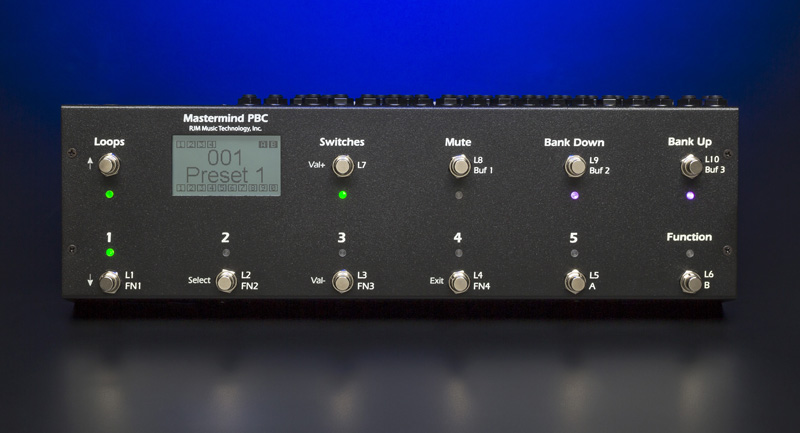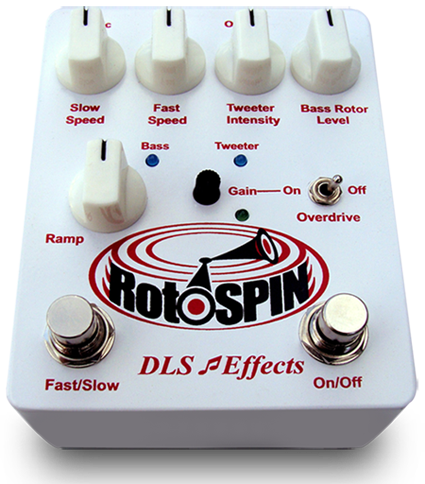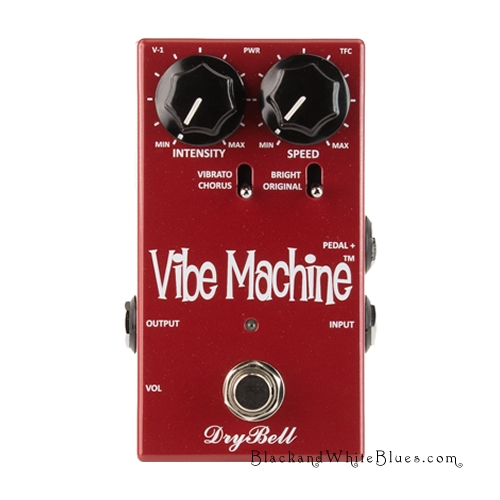Origin Effects bills their RevivalDRIVE as an overdrive, but that description sells the pedal short. It’s more like “several amps in a 6" x 5" x 2" enclosure.” Yes, superb overdrive is a star feature, but not the only one.
In general terms, the RevivalDRIVE is an all-analog “amp in a box” pedal, similar in concept to all those stompboxes that aspire to make your amp sound like some other amp. Like those plexi/tweed/Vox impersonators, it replicates amp circuitry in miniature, using small-format components, with transistors standing in for tubes. But RevivalDRIVE takes that idea to new heights.
Built Like a…?
I don’t use the phrase “built like a tank” in reviews, and not just because it’s a cliché. Most stompboxes are housed in similar enclosures outfitted with similar hardware. I’m no armaments expert, but I don’t think tanks are made from such slender sheets of metal.
But RevivalDRIVE is built like a damn tank. It lives in an extra-heavy folded-steel enclosure. Its knobs, pots, footswitches, mini-switches, and trimpots are as sturdy as they come. The pedal weighs a frickin’ ton. (Actually, it’s a bit less than three pounds, which feels like a ton in stompbox terms.) I have never encountered a more formidably built guitar pedal. Yes, this is an unusually expensive stompbox, but you get a serious piece of hardware for your money.
Rectified Situation
Despite being literally made of heavy metal, the tones here are inspired by amps from the 1950s through early ’70s. The RevivalDRIVE houses two discreet simulated amp circuits: one with a relatively spongy tube-rectifier-like response and one with a tighter solid-state sound. A footswitch toggles between sides. A DIP switch lets you assign solid-state voicing to both sides.
As you might expect from a pedal with 18 knobs and 15 switches, absorbing everything demands study.
I don’t use the word “simulated” in the amp modeler sense. This strictly analog device doesn’t sound like a miked amp when you record it direct until you add speaker modeling. But it faithfully duplicates the behavior of a vintage amp’s electronics.
Origin Effects calls the pedal a “ghosting overdrive,” in reference to the combination tones (or difference tones) generated by interactions between an amp’s power supply and the notes you play. (That’s why you sometimes hear a low tone while playing high-register guitar notes. And why, when you bend a note, the two pitches move in the opposite direction.) It’s a harmonically complex “design flaw” that many players love, and which most modeling devices fail to duplicate. Here, though, it’s perfectly realistic. There’s even a control to set the strength of the effect.
Aping Amps
Other knobs control such amp-design variables as the amount of negative feedback, the pitch and intensity of bright switches, the preamp color, and the EQ spectra. The RevivalDRIVE doesn’t mimic any particular amp in the modeling sense, but it can behave like any number of vintage amps: especially tweed Fenders, early Voxes, and pre-master-volume Marshalls.
For the demo clips, I plugged the RevivalDRIVE straight into my DAW via a clean preamp. For Clip 1,I routed the signal through a Reamp into a clean-toned Marshall “Bluesbreaker” clone miked with a Royer R-121. The amp’s setting never changes, nor does the guitar. For Clip 2, I used speaker emulators, compression, and reverb within my DAW. (I didn’t try to mimic the tones of Clip 1, so the results sound very different.) Clip 3 is the raw sound of the RevivalDRIVE recorded direct, without any downstream processing, included just so you can hear exactly what the pedal contributes.
I played some clean-toned excerpts because, as with a real amp, you don’t need high gain to make good use of the amp’s tone shaping controls. The RevivalDRIVE is equally adept at bone-crunch distortion, sweet overdrive, and subtle, brink-of-distortion warmth. Even if you have no desire to imitate amps, the RevivalDRIVE lets you fine-tune amp-pushing overdrive in excruciating detail.
Lots to Learn
Chances are, most users can simply connect the RevivalDRIVE to an amp, tweak the large tone and gain controls, and summon killer tones. But as you might expect from a pedal with 18 knobs and 15 switches, absorbing everything demands study. (In addition to the forest of front-panel knobs, there are additional voicing/tone controls on two sides.) It’s telling that the pedal’s excellent manual begins with pages of discussion about the inner workings of tube amps. Understanding those concepts is the fastest way to understand the RevivalDRIVE.
Connecting the optional $99 footswitch adds additional wrinkles. It only has two switches, but they do nice stuff. One toggles the midrange settings on and off, which is perfect for adding extra oomph to solos. The other bypasses the dry/wet mix control. You might, for example, assign a mostly dry mix to a channel, and then click to 100 percent pedal for a heavier sound. Between the pedal’s two channels and these two switches, you can have as many as eight tones on tap.
The Verdict
Until now, Origin Effects was best known for cramming the Urei 1176 circuit into small stompboxes, yielding some of the finest pedalboard compressors ever. With its phenomenal build quality and realistic amp response, the RevivalDRIVE is even more impressive. It provides a vast array of vintage tones (and not just high-gain ones) when played through an amp, or recorded direct with the assistance of downstream effects. I gave it a high value rating despite the formidable price, because the construction, sound quality, and general utility are even more formidable. The RevivalDRIVE is the sort of stompbox that regular pedals dream about being when they grow up.

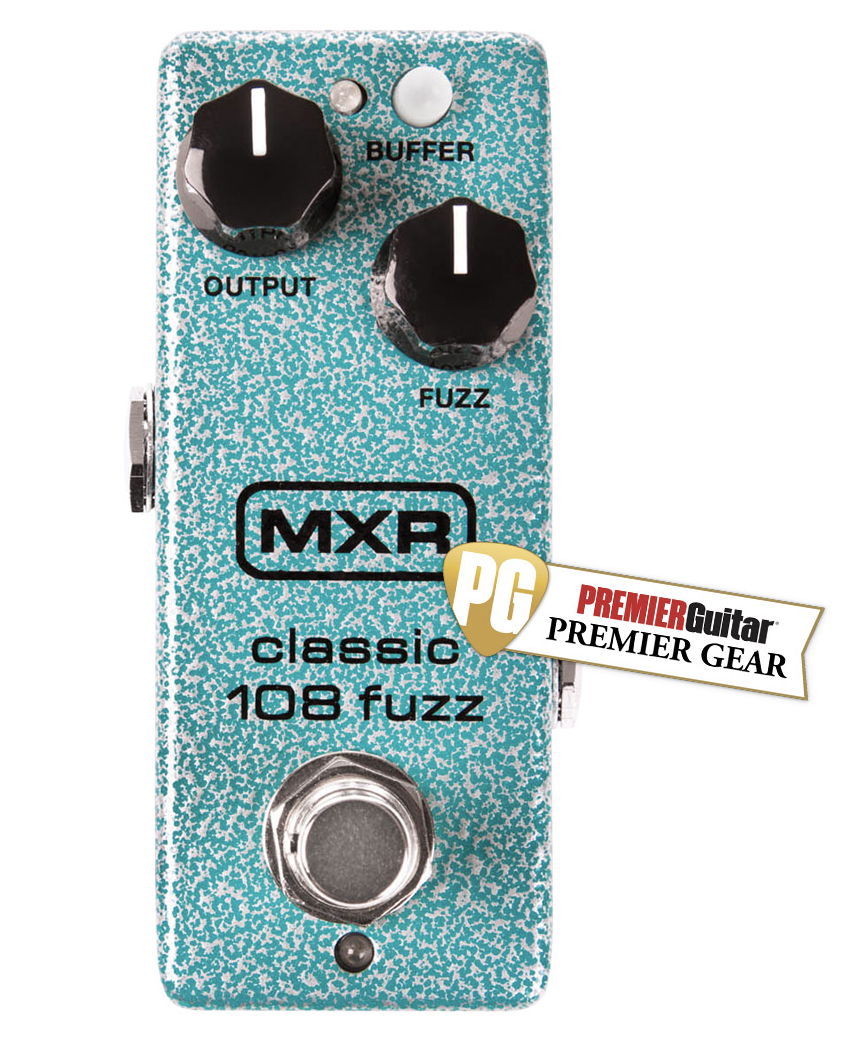











 MXR’s Eddie Van Halen signature phaser, flanger, and wah pedals made elements of Eddie’s tone available and affordable to the masses. But one of the most critical components in creating his “Brown Sound” is copious amp overdrive. If you don’t have a vintage Marshall Super Lead or an EVH amp (both expensive propositions), the right overdrive pedal is an effective shortcut. And the MOSFET-driven MXR 5150 Overdrive—which was designed by Bob Cedro with input from Mr. Van Halen himself—is a stab at harnessing Eddie’s hot-rodded, high-gain sounds in a pedal.
MXR’s Eddie Van Halen signature phaser, flanger, and wah pedals made elements of Eddie’s tone available and affordable to the masses. But one of the most critical components in creating his “Brown Sound” is copious amp overdrive. If you don’t have a vintage Marshall Super Lead or an EVH amp (both expensive propositions), the right overdrive pedal is an effective shortcut. And the MOSFET-driven MXR 5150 Overdrive—which was designed by Bob Cedro with input from Mr. Van Halen himself—is a stab at harnessing Eddie’s hot-rodded, high-gain sounds in a pedal.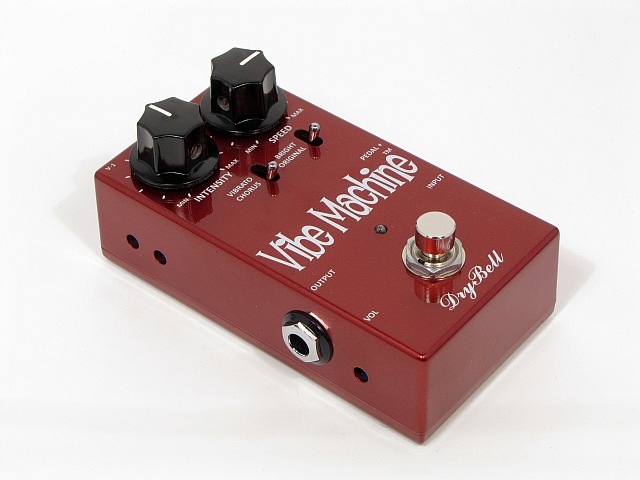
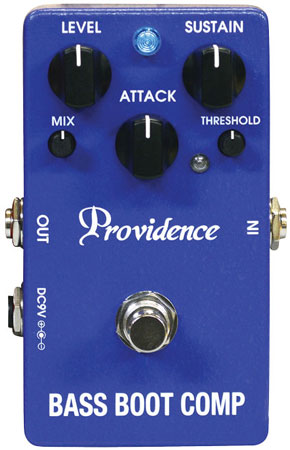 Compression isn’t the sexiest effect to talk about, but it’s a must-have (or should-have) for many a bassist. A good compressor will even out dynamics and bring life to tone for veteran players—not just lipstick a less-than-awesome right hand technique. Japan’s Providence has recently jumped into the bass compression game and loaned us their Bass Boot Comp for a look.
Compression isn’t the sexiest effect to talk about, but it’s a must-have (or should-have) for many a bassist. A good compressor will even out dynamics and bring life to tone for veteran players—not just lipstick a less-than-awesome right hand technique. Japan’s Providence has recently jumped into the bass compression game and loaned us their Bass Boot Comp for a look. It’s easy to overlook the virtues of a good acoustic amplifier. Having one isn’t essential to enjoying your guitar at home or around a campfire. And any performance space with a microphone (or two, if you sing) and a PA will probably get your performance over to the crowd.
It’s easy to overlook the virtues of a good acoustic amplifier. Having one isn’t essential to enjoying your guitar at home or around a campfire. And any performance space with a microphone (or two, if you sing) and a PA will probably get your performance over to the crowd.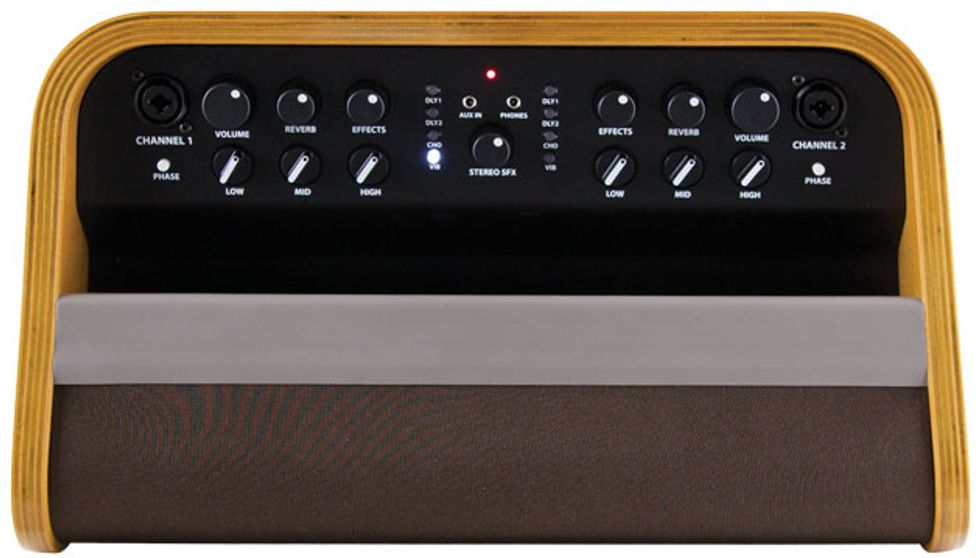 The control set is a straightforward affair that’s pretty easy to navigate. There’s a single volume knob, a three-band EQ, and reverb and effects-level controls for each of the amplifier’s channels. Each channel has a phase button if you run into trouble with feedback. The third, middle set of controls is for the amp’s effects and the SFX functionality, which, as we’ll see, enhances the sound of the amp in profound ways. The effects set includes a simple one-repeat delay, a multi-repeat delay, chorus, and vibrato. Each is tap-tempo enabled and can be bypassed via an optional footswitch or by turning the effects knob to zero.
The control set is a straightforward affair that’s pretty easy to navigate. There’s a single volume knob, a three-band EQ, and reverb and effects-level controls for each of the amplifier’s channels. Each channel has a phase button if you run into trouble with feedback. The third, middle set of controls is for the amp’s effects and the SFX functionality, which, as we’ll see, enhances the sound of the amp in profound ways. The effects set includes a simple one-repeat delay, a multi-repeat delay, chorus, and vibrato. Each is tap-tempo enabled and can be bypassed via an optional footswitch or by turning the effects knob to zero.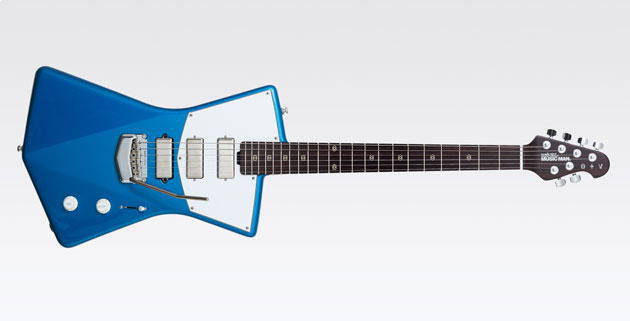 It’s no secret that many “artist signature” guitars aren’t all that different from a company’s stock models. Jigger with surface cosmetics, maybe tweak the electronics a bit, and voilà — you’ve got a “new” model to sell at an upmarket price.
It’s no secret that many “artist signature” guitars aren’t all that different from a company’s stock models. Jigger with surface cosmetics, maybe tweak the electronics a bit, and voilà — you’ve got a “new” model to sell at an upmarket price.